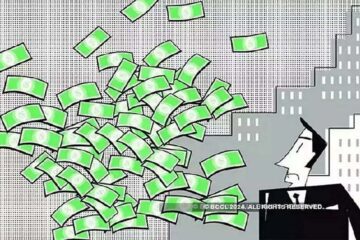The Rise of Robot Manicurists: Convenience or Concern?

Imagine getting a flawless manicure in just 10 minutes, without the need for small talk or tipping. It sounds like a dream, but it’s becoming a reality as startups develop robots capable of painting nails and even creating nail art, as reported by The New York Times.
The Promise of Robot Manicures
Clockwork, a San Francisco-based company, offers a complete manicure experience performed entirely by robots. For just $8, customers can receive a quick and precise nail painting session, devoid of any slip-ups or slow downs typically associated with human technicians. This efficient service stands in stark contrast to traditional manicures, which take around 30 minutes and cost an average of $22.
Social Media Reactions
While the concept of robot manicures may seem appealing to some, it has sparked debate on social media. Some users express concern that such automation could lead to job losses among human nail technicians and diminish the personal touch of the salon experience. Others, like TikToker elissamaercklein, appreciate the affordability and efficiency of robot manicures, acknowledging their potential benefits for professionals and busy individuals.
Mixed Reviews
Initial video reviews from social media influencers provide mixed feedback on robot manicures. While some users are satisfied with the results and see them as a convenient alternative, others are skeptical, criticizing the potential impact on employment and the loss of human artistry in nail care.
Addressing Concerns
Renuka Apte, a founder of Clockwork, reassures that the introduction of robot manicurists is not intended to replace human nail technicians but rather to offer an additional option for consumers. However, it’s important to note that these machines do not provide the comprehensive services offered by traditional salons, such as nail trimming, cuticle care, and hand massages.
Challenges and Opportunities
Despite the growing popularity of robot manicurists, challenges remain, particularly in replicating the artistry of human technicians. Influencers like Cristine Rotenberg have tested nail art printing robots and found the results lacking in comparison to hand-painted designs. This suggests that while robots offer convenience, they may struggle to match the quality and creativity of human-led nail art.
Conclusion
As startups continue to innovate in the nail care industry, the debate over robot manicurists will likely persist. While they offer efficiency and affordability, concerns about job displacement and the loss of personalized service remain. Ultimately, the success of robot manicures will depend on their ability to complement rather than replace traditional salon experiences, providing consumers with a diverse range of options in nail care.













